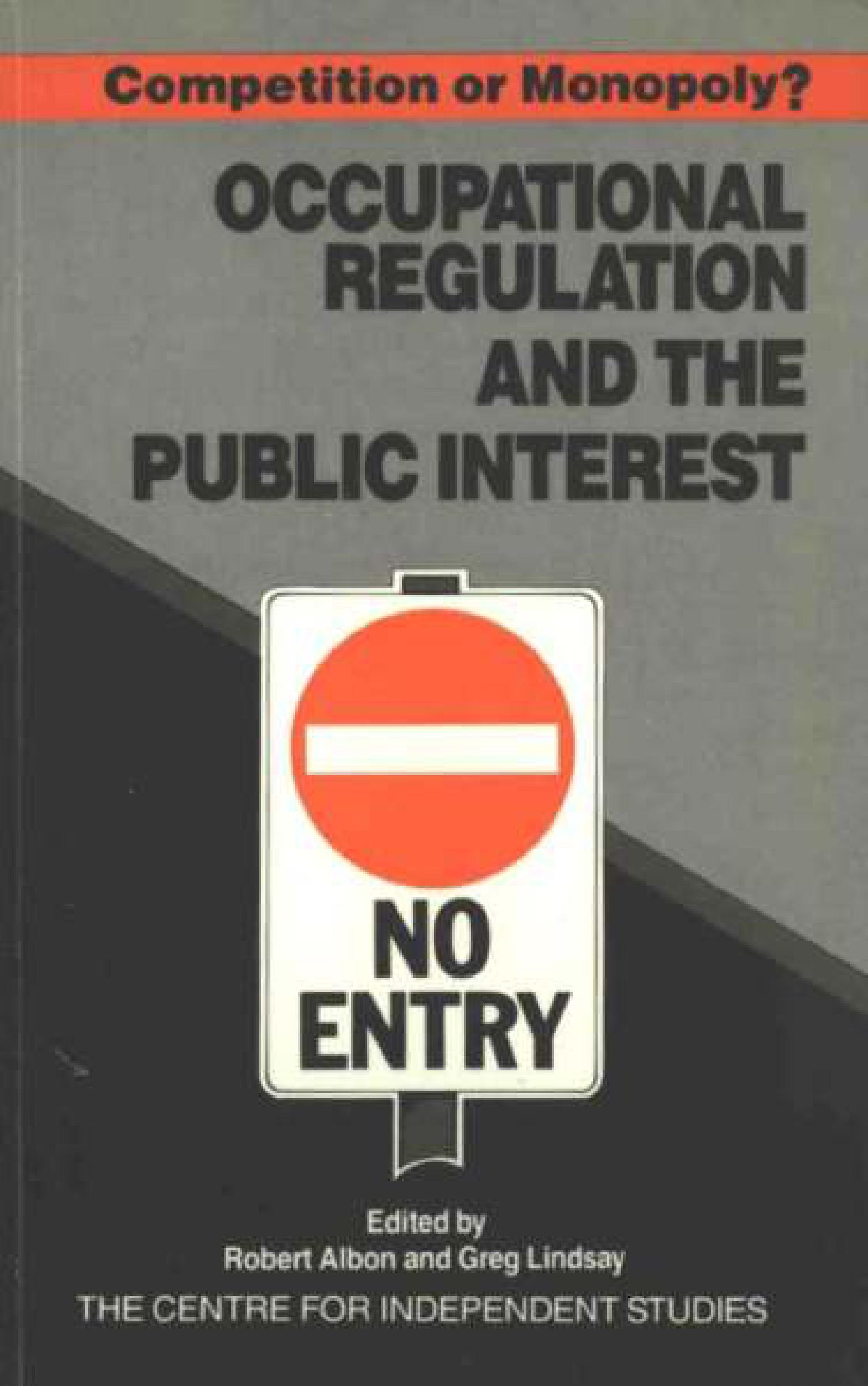
Restrictions on entry into a profession or occupation raise the incomes of practitioners by limiting their supply and, if the restrictions involve an increase in the real or perceived quality of the services offered, by increasing demand as well. Those pursuing the occupation at the time entry is restricted clearly benefit — especially since existing practitioners are invariably exempted from having to acquire the high qualifications usually required of new entrants. The case of the latter is different. Entry into the occupation has become a valuable right, and normally, one way or another, new entrants have to pay for it. The various ways of rationing entry, and their consequences, is a theme of several papers in this collection.
Where occupational licences are transferable, and eligibility requirements minimal, the method of entry is simple: one buys one’s way in. Taxis are a case in point, which was analysed in Peter Swan’ s On Buying a Job, the first Policy Monograph of the Centre for Independent Studies. The price of a taxi licence reflects the expected rents from operating a cab. Hence the original beneficiaries from closure of the industry are able to retain their benefit when they leave the industry, while new entrants gain only a normal return on their investment. In some cities, the taxi industry has secured arrangements whereby existing owners not only receive the benefits of their licences, but also of the new licences that, with population growth and increasing demand, are issued from time to time. This is done by allocating new licences to non-owner drivers with long service. The prospect of gaining a piece of paper worth, perhaps, $30,000 induces driver s to work for lower wages and on a more permanent basis than they otherwise would, to the benefit of their employers.
If entry is restricted to those achieving high qualifications and serving some period of apprenticeship — as is common in the professions — the new entrant buys his job by submitting to a long training period in which earnings are zero or low. Educational institutions benefit from the increased demand for their services, as may members of the profession from the cheap labour of apprentices. John Logan and Christopher Findlay, in their chapters dealing with doctors and airline pilots respectively, present evidence
suggesting that the high earnings received by members of these professions are paid for in full in the form of high training costs. In the case of pilots, Findlay argues that the general aviation sector of the industry benefits from the considerable hours of experience required to qualify as an airline pilot: pilots are willing to work for less in general aviation when they hope their work will qualify them for a lucrative job as an airline pilot.
While it may seem preferable to allocate professional places to those with the motivation and ability to complete an arduous course of training, rather than by selling the places or by drawing lots for them, the question arises as to whether the resulting high quality of service is worth its cost, i.e., whether or not our pilots and doctors, as well as other professionals, are over trained. Certainly critics of the medical profession often point to the considerable time doctors spend on relatively mundane tasks for which their high qualifications are not required.
The papers comprising this volume were originally delivered at a CIS conference on occupational regulation held at the University of New South Wales in March 1982.
